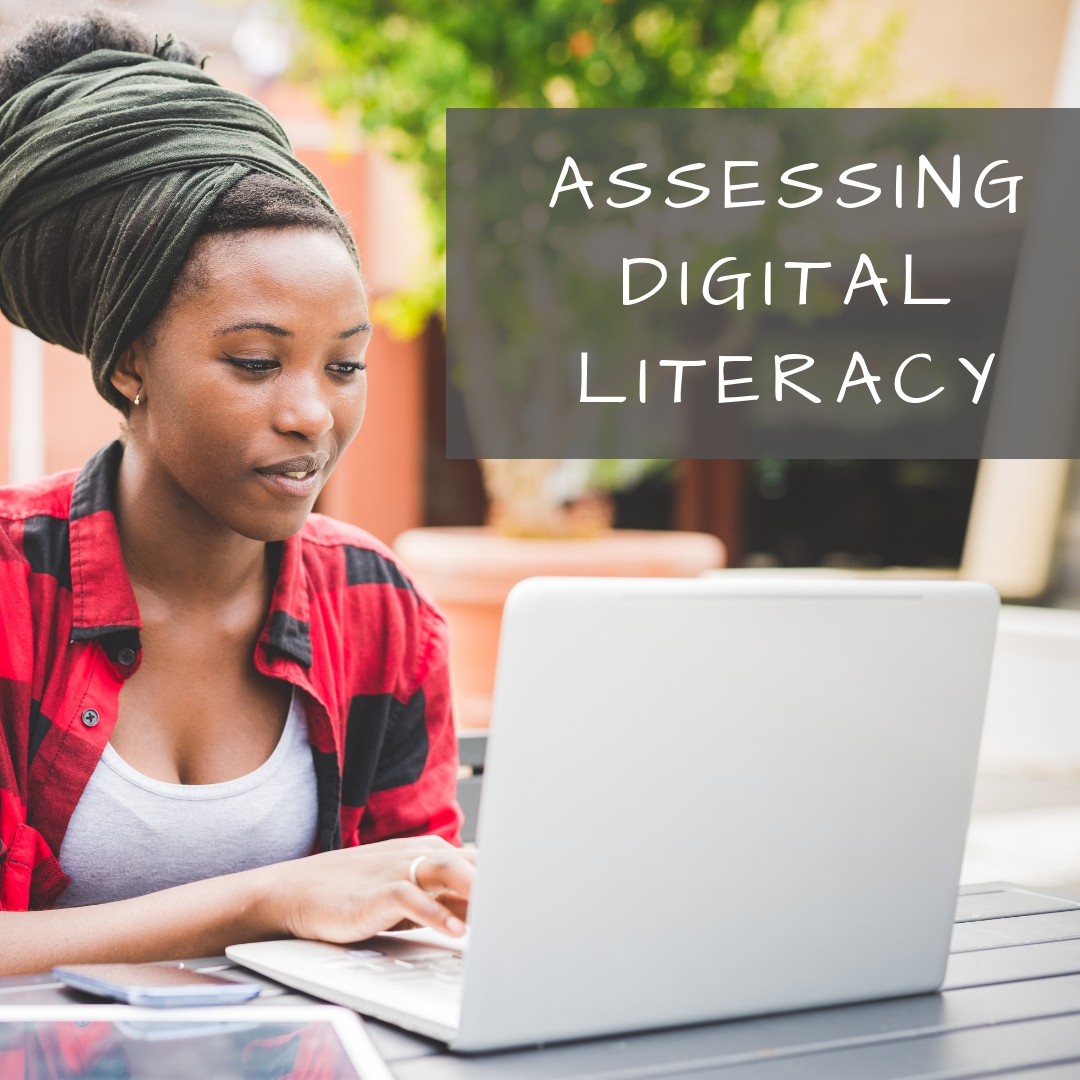Category: Classroom management
Dear Otto: I need reading resources for ELL/ESL
Dear Otto is an occasional column where I answer questions I get from readers about teaching tech. If you have a question, please complete the form below and I’ll answer it here. For your privacy, I use only first names.
Here’s a great question I got from Shelley:
Tomorrow is a half day planning day so I can’t wait to look at all of the websites you have for 1st grade. I’m wondering what recommendations can you give for ELL/ESL students? One of my student’s home language is Spanish and the other home language is Pashto. Thank you for any recommendations!
I found these websites that share story books in lots of languages:
Share this:
7 Ways Common Core Will Change Your Classroom
 The biggest pedagogic change to American education since the arrival of John Dewey is happening right now. It’s called Common Core State Standards. Its goal: to prepare the nation’s tens of thousands of students for college and/or career. If you are involved in any part of teaching, administrating, or planning, you are holding your breath, downing an aspirin, and crossing your fingers, knowing a storm is about to hit. You’ve prepared, but is it enough?
The biggest pedagogic change to American education since the arrival of John Dewey is happening right now. It’s called Common Core State Standards. Its goal: to prepare the nation’s tens of thousands of students for college and/or career. If you are involved in any part of teaching, administrating, or planning, you are holding your breath, downing an aspirin, and crossing your fingers, knowing a storm is about to hit. You’ve prepared, but is it enough?
46 states adopted the Common Core in an effort to bring consistency and uniformity to the hodge podge of state standards that dot the education landscape from California to Maine and Alaska to Florida. For most states, implementation is piecemeal, a bit at a time, with the full roll out not expected until sometime in 2015.
Besides turning your curriculum upside down, there are philosophic changes you as a teacher will have to buy into to fit the mold that is Common Core:
- Depth not width—Dig into ideas. Make them clearer, more robust. Teachers will cover fewer topics in a year, but with greater detail. Trust that the breadth of learning will come from that deeper understanding. The accepted pedagogy that similar topics be introduced every year, each with more detail, is no longer. Now, students will cover new topics at each grade level–fewer but fuller.
- Nonfiction, not fiction—Literacy and reading is likely to be comprehensive narratives rather than inference from stories. Why? Post-high school reading in both college and career is more often expository than fiction as high school grads study for college courses or receive specific training on a job. Students need to know how to perform the critical reading necessary to pick through the staggering amount of print and digital information required to thrive at the game called life.
- Evidence is required–It will be paramount that students logically and dispassionately prove their claims with organic conversations and authentic, well-understood evidence. Statements must have supporting facts that stand up under cerebral scrutiny. A claim of acceptability because it is ‘their interpretation’ will not be sufficient in a CCSS classroom.
- Speaking and listening--Anyone who thrives in the adult world knows the importance of these two skills. Now, they will be taught in the K-12 curriculum. The youngest learners will have guidelines for how to carry on a conversation–come to a discussion prepared, listen respectfully to others, take turns speaking, build on each other’s conversations, ask clarifying questions. As they advance grade levels, so too will the requirements.
- Technology is part of most/all standards--Not overtly, but teachers will find a fundamental understanding of how technology scaffolds learning to be essential in delivering Standards correctly. Many times, standards expect knowledge be ‘collaborated on, published and shared’. This is done through technology–pdfs, printing, publishing to blogs and wikis, sharing via Tagxedos and Animotos. Students and teachers will use the internet, online tools, software, tech devices as vehicles for achieving educational goals. No longer will they be ‘fun’ tools employed in the computer lab. Now, they will be integral to the curriculum. This means teachers will have to be comfortable with iPads, online widgets, Google Docs, and all those geeky tools that they admired from afar, when colleagues used them, promising they would try them ‘one day’. That day has arrived.
- Life skills are emphasized across subject areas. It’s not good enough students can write in literacy classes. CCSS expects them to communicate just as effectively in every subject. And, where critical thinking has always been fundamental to math and science, that now expands to all classes. Students must understand cause and effect, transfer knowledge from one subject area to another throughout their educational day. That means, math teachers must pay attention to writing and literature teachers to cognitive processes.
- An increase in rigor–Accountability will be expected of students and teachers. Too often, passing a test was all the assessment that was expected. CCSS will look for more–transfer of knowledge (see 6 above), evidence of learning, student as risk-taker, authenticity of lessons, vertical planning, learning with increasingly less scaffolding and prompting, and differentiated instruction so all learners get it.
Share this:
Tech Tip #44: Clean Your Computer Weekly
As a working technology teacher, I get hundreds of questions from parents about their home computers, how to do stuff, how to solve problems. Each Tuesday, I’ll share one of those with you. They’re always brief and always focused. Enjoy!
Q: I’m afraid of getting slammed with viruses, malware, all that bad stuff that comes with visiting the internet. What can I do?
A: If you take reasonable precautions, the chances of being hit are minimized. Here’s what I do:
- Don’t download from music or video sites. They have the greatest amount of malware statistically because the Bad Guys know we-all like getting free music and videos.
- Make sure your firewall is working. Windows comes with a built-in one. Maybe Mac does too. Leave it active. It’s under Control Panel-Administrative Tools
- Do the following every week:
Share this:
14 Factors to Consider for Tech Report Cards
 It used to be simple to post grades. Add up test scores and see what the student earned. Very defensible. Everyone understood.
It used to be simple to post grades. Add up test scores and see what the student earned. Very defensible. Everyone understood.
It’s not that way anymore. Here are the factors I consider when I’m posting grades:
- Does s/he remember skills from prior lessons as they complete current lessons?
- Does s/he show evidence of learning by using tech class knowledge in classroom or home?
- Does s/he participate in class discussions?
- Does s/he complete daily goals (a project, visit a website, watch a tutorial, etc.)?
- Does s/he save to their network folder?
Share this:
Dear Otto: How Can Students Keep Track of Passwords?
 Do you have a tech question?[/caption]
Do you have a tech question?[/caption]
Dear Otto is an occasional column where I answer questions I get from readers about teaching tech. If you have a question, please complete the form below and I’ll answer it here. For your privacy, I use only first names.
Here’s a great question I got from Kaylene in Ohio:
How do you teach students to keep track of the many usernames and passwords they will need when using all of the great web 2.0 tools? I personally use an encrypted Excel file, but what do you suggest for students in K-8?
Hi Kaylene
Great question. Here’s what I do for K-5: I have a binder by each station in the computer lab with a template for recording UN and PW for all accounts. This isn’t private (anyone could look in the binders), but most accounts don’t require any degree of security. The process is to get students used to tracking log-ins, that they have a source to check when they need a log-in. I do ask that each UN and PW be different so they acclimate to that and figure out a logic to accomplishing that which works for them. For example, they might come up with a sentence where they use the first letter of each word as the PW with some combination of number/symbol appended to the front or back.
Share this:
Dear Otto: How do I prevent printer pandemonium?
 Do you have a tech question?[/caption]
Do you have a tech question?[/caption]
Dear Otto is an occasional column where I answer questions I get from readers about teaching tech. If you have a question, please complete the form below and I’ll answer it here. For your privacy, I use only first names.
Here’s a great question I got from Cheryl in Indiana:
It seems that my well-structured primary tech classrooms fall apart when it is time to print. Some students just keep pushing Print & end up printing multiple copies, 25 students scramble to the printer to collect their printouts. Total chaos! Any ideas?
I have a two-step solution to that:
- Teach them how to print. I take lesson time to show them the print box, all the varied spots where things can be changed, and how to do it right. After that, I know it’s not lack of knowledge causing the problems
- I don’t let them go to the printer. First, it gets to be the lab water cooler–everyone hanging out back there, chatting, while they wait for the stuff to print. That’s no good. Second, I’ can’t monitor that everything printed is appropriate if they’re taking papers from the printer. Third, if they print more than one, I want to chat with them about it.
- Consistent offenders aren’t allowed to print. I’ll email it to parents/teacher, but they lose the privilege
Share this:
Definition of ‘Teacher’
 I got this from one of my Christian friends. Thought I’d share:
I got this from one of my Christian friends. Thought I’d share:
After being interviewed by the school administration, the prospective teacher said:
‘Let me see if I’ve got this right.
‘You want me to go into that room with all those kids, correct their disruptive behavior, observe them for signs of abuse, monitor their dress habits, censor their T-shirt messages, and instill in them a love for learning.
‘You want me to check their backpacks for weapons, wage war on drugs and sexually transmitted diseases, and raise their sense of self esteem and personal pride.
‘You want me to teach them patriotism and good citizenship, sportsmanship and fair play, and how to register to vote, balance a checkbook, and apply for a job.
Share this:
How to Pick iPad Apps for your Classroom
 You’ve heard the chatter. IPads have become the go-to literacy tool for authentic learning in the K-8 classroom, the one that says ‘Our program is cutting edge, up-to-date, inquiry-driven‘. Students want to use them, want to share and collaborate on them, and will follow almost any rules if it means they get that tablet in their hands.
You’ve heard the chatter. IPads have become the go-to literacy tool for authentic learning in the K-8 classroom, the one that says ‘Our program is cutting edge, up-to-date, inquiry-driven‘. Students want to use them, want to share and collaborate on them, and will follow almost any rules if it means they get that tablet in their hands.
The problem with the iPad as with the internet is: TMI–too much information. There are tens of thousands of apps, each proclaiming itself to be the solution to all classroom problems, each promising to be the practical strategy for learning math or science or state capitals or whatever their buzz word happens to be.
How do teachers sort truth from marketing?
You evaluate the apps. It won’t take long to realize that the best share similar characteristics. They encourage organic conversation, scaffold learning, are student-centered, and inspire risk-taking on the part of student users. What’s that look like when it plays out on an iPad? According to the Texas Computer Education Association, apps should:
Share this:
Weekend Website #121: Class Badges
Every week, I share a website that inspired, excited, and/or informed my classes. Here’s one on a popular trend in education–awarding badges:
Share this:
What are You Doing for Valentine’s Day?
 Thursday’s are my busiest days at school. I barely get a lunch break–the 5 free minutes between classes I must use for the restroom. Eat or pee? Hmmm…. Not really a choice.
Thursday’s are my busiest days at school. I barely get a lunch break–the 5 free minutes between classes I must use for the restroom. Eat or pee? Hmmm…. Not really a choice.
So by the time I get home this Thursday, I’ll be exhausted, not interested in fighting the holiday lovers for a place at the Restaurant Table. My husband of 29 years and I will eat in, chat, catch up, and likely go to bed early (although maybe Elementary is new on the Telly).
But, I realize most of you would like a bit more so I have a few ideas for you.
First, go to my post last Friday and you’ll find 20 Great Valentine Websites for your students. If you already finished these, read on:
- Here’s Valentine history, according to Wikipedia. Who knew it all started with Geoffrey Chaucer?
- Three great Valentine love poems from new efriend, Chris Wood. You can also drop by St. Valentine’s Day website for an entire list of heart-jerkers
- Are you looking for pithy, concise Valentine sayings? Try Creating Really Awesome Free Things. Be forewarned: They belong on candy hearts. These are a bit longer, but still saccharin.
- You not a serious, mushy sort of lover? Click here for quotes with a sense of humor.








































